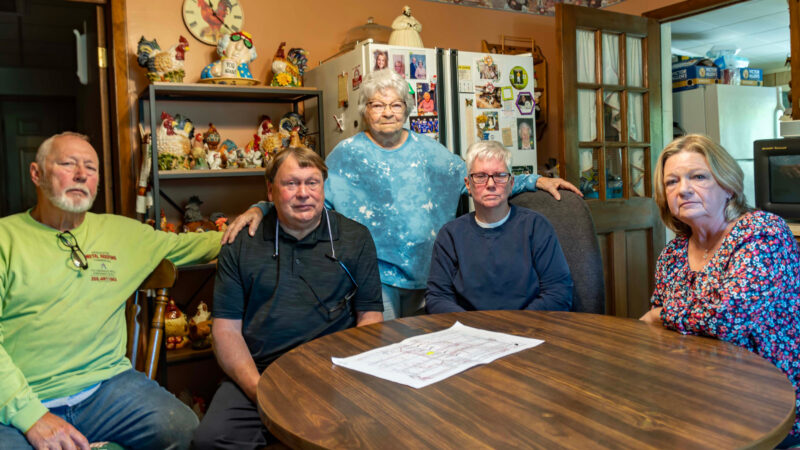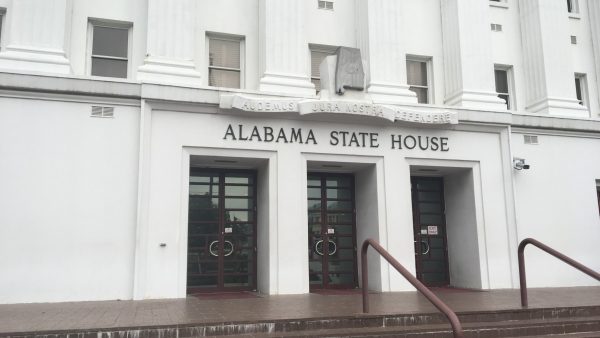A Dialogue on the Brain with the Dalai Lama
A Dialogue on the Brain with the Dalai Lama
The brain is a changing organ that can heal itself after injury. That’s the message from a dialogue involving the Dalai Lama and scientists at UAB’s Alys Stephens Center Saturday.
The symposium, titled “Neuroplasticity and Healing,” featured the research of Michael Merzenich and UAB neuroscientist Edward Taub. Merzenich pioneered the concept of neuroplasticity — the ability of the brain to grow, change, and heal. Scientists previously thought once a person reached adulthood, his or her brain was basically fixed. If the brain was injured, there was little that could be done to repair it.
Taub’s research has shown that’s not the case. He developed Constraint-Induced Movement Therapy which has been used to treat victims of stroke and other brain injuries. The therapy “rewires” the brain so the patient regains movement in the affected body part.
One person’s experience with the therapy
Merzenich and Taub presented their findings as the Dalai Lama periodically interrupted with questions.
“Since childhood [I] was always curious,” said the Dalai Lama. “Whenever I came across something new, I always raised the question why? How?”
The Dalai Lama explained that neuroscience is an area he has had a long-time interest in and by meeting with scientists he seeks to expand his knowledge and make real life applications.
East vs. West
Symposium moderator Norman Doidge noted the differences between Eastern and Western approaches to medicine. Western methods tend to break down and analyze while Eastern medicine looks more holistically. He says there had often been misunderstanding between the two sides but neuroplasticity offers a bridge.
“Many of the claims that Eastern medicine was making fell on deaf ears because we didn’t have a concept to explain how these mental practices could achieve the outcome that were often claimed,” said Doidge. “So there was a tendency to distrust them…think them superstitious.”
During the Dalai Lama’s visit, his first to Alabama, he will also host an interfaith dialogue at the Alabama Theater Sunday morning and give a public talk on secular ethics at Regions Field Sunday afternoon.
Meanwhile protesters have followed the Dalai Lama’s appearances in Birmingham. Members of the International Shugden Community say he has banned the tradition of praying to the Buddhist deity Dorje Shugden. Protesters say this has led to an aggressive campaign of persecution and discrimination against the sect.
~ Andrew Yeager, October 25, 2014
Alabama coal mine keeps digging after hundreds of fines and a fatal explosion
Following the death of a grandfather, Crimson Oak Grove Resources has left a community afraid for their homes and lives. An expert warns one resident may need to evacuate her home while she still can.
Florida’s 6-week abortion ban will have a ‘snowball effect’ on residents across the South
Abortion rights advocates say the ban will likely force many to travel farther for abortion care and endure pregnancy and childbirth against their will.
Attitudes among Alabama lawmakers softening on Medicaid expansion
Alabama is one of ten states which has not expanded Medicaid. Republican leaders have pushed back against the idea for years.
Birmingham is 3rd worst in the Southeast for ozone pollution, new report says
The American Lung Association's "State of the Air" report shows some metro areas in the Gulf States continue to have poor air quality.
Why haven’t Kansas and Alabama — among other holdouts — expanded access to Medicaid?
Only 10 states have not joined the federal program that expands Medicaid to people who are still in the "coverage gap" for health care
Once praised, settlement to help sickened BP oil spill workers leaves most with nearly nothing
Thousands of ordinary people who helped clean up after the 2010 BP oil spill in the Gulf of Mexico say they got sick. A court settlement was supposed to help compensate them, but it hasn’t turned out as expected.







